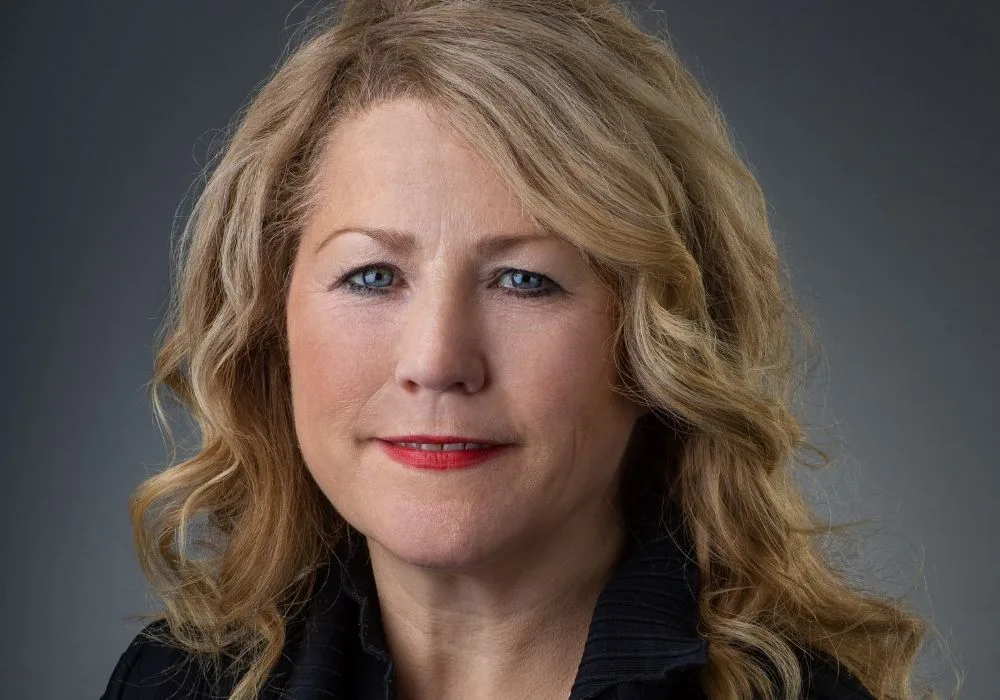By Beth Tait, Managing Director, Go Inspire Group
A raft of analysts and commentators have now published research and papers that definitively say consumer purchasing and behaviour has been fundamentally changed by the pandemic crisis[i]. This corroboration is gratifying for Go Inspire who published several papers on the subject in 2020 as we noticed the early stages of this phenomenon. In fact, the smart observation is that consumer behaviour has changed and continues to do so.
Despite the wide recognition of changing behaviours, the analysts’ papers and research reports tend to focus on generalities which may be interesting, but of little actionable use to marketers. As more practical views of those changes, we have delved into recent experience of new patterns of behaviour from our client work at Go Inspire, to describe a small selection for sharing and edification. The source of these insights covers some 30 million customers buying from companies in the retail, financial services, telecoms, utilities, leisure and e-commerce sectors.
1. Offline-online interactions. We’ve been observing that of customers or prospects receiving a direct mail piece, around a third of respondents go to the web to check out the firm or the offer. In many instances, of those who then convert following the web check, as many as nine tenths will then use an offline method to transact or to pursue the customer journey.
2. More trackable web journeys. Even though active consideration phases are compressing, oddly more of the consideration phase is becoming visible to us as people spend more of the customer journey online. More web journeys and visits are taking place giving a greater volume of trackable consideration activity.
3. Active consideration visibility. Because more of the customer journey is visible online, we can see that stated consideration periods (defined as high as 60 days for infrequent high value purchases through market research) translate in fact into around 14 days of web-active consideration – which is probably when most of the self-research is going on, and therefore the period when interventions are most likely to bear fruit.
4. Content more important. Because much of the customer journey was forced online due to restrictions (which are likely to remain in place to one extent or another for quite some time) we are seeing a higher uptake of ‘content’ which is either included with direct mail/email, or signposted by direct mail/email.
5. Click volumes vs rates. We have seen open to clickthrough rates dropping. Why? Because although sheer volume of clicks is up (more online purchasing while restrictions abide) the open rate is up even further (people have more time to explore). This means you have to be careful balancing volumes with ratios and make sure that management info dashboards aren’t reporting an apparent downturn in return on marketing investment because they’re using out-of-date metrics.
6. Delayed reactions. Leisure of time means that more people are consuming content delivered through, or signposted by, direct mail/email. Many will therefore be converting at a greater distance from receipt than before – using the email as a bookmark to return to later (and possibly convert later). The conclusion is that we need to deploy more (compelling) content and to recognise/track/manage/encourage delayed conversion.
7. More complex customer journeys. There’s no question that the number of stages in a customer journey has increased since the pandemic hit. Anyone who doesn’t refresh their view of the journey, and create a richer series of potential interventions (often social), is likely to lose the customer or prospect’s attention to competitors.
In conclusion, it is one thing to recognise a palpable truth – that customer behaviours are changing, that we need to keep a close eye on those changes, and that no-one yet know whether those changes may be permanent or temporary (although we all expect some permanent change to persist). However, while many may recognise that behaviours have changed, few are tracking those behaviours in an integrated, truly 360o way. We would strongly recommend that marketers quiz their advisors to see whether they can identify the kind of real-life experience described above. That will sort out the theorists from those delivering actionable insights.
[i] For instance: McKinsey, Consumer sentiment is diverging across countries, 20 Oct 2020; PwC, Evolving priorities: COVID-19 rapidly reshapes consumer behavior, 2020; Epsilon, The ultimate disruption, 4 Jan 2021; KPMG, Business need to adapt to changing consumer behavior, 11 Nov 2020








